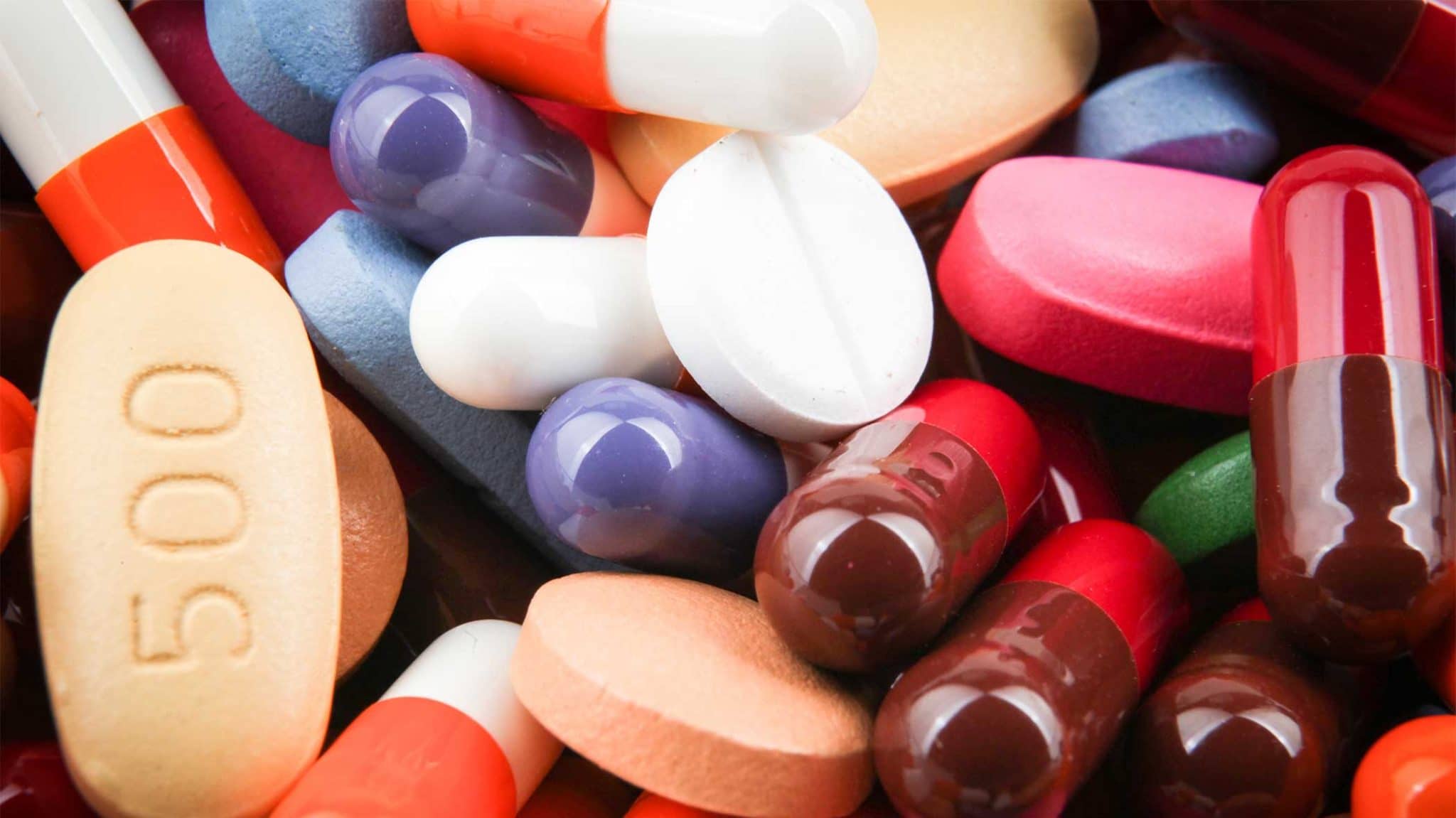Amphetamines
 Photo courtesy of Ark Behavioral HealthOpens in new window
Photo courtesy of Ark Behavioral HealthOpens in new window
Amphetamine is the name of a class of drugs that stimulate the central nervous system. They produce their effects by altering chemicals that transmit nerve messages in the body. |
Amphetamines are prescription medications that stimulate the nervous system and are used to treat depression and other conditions. They are also highly addictive.
Description
Amphetamines are used in the treatment of depression, obesity, attention-deficit hyperactivity disorder (ADHD), narcolepsy, and Tourette’s syndrome. Brand names of commonly prescribed amphetamines are Biphetamine, Dexampex, Desoxyn, Ferndex, Methampex, Oxydess II, and Spancap.
Generic names of amphetamines include amphetamine, dextroamphetamine, and methamphetamine. Stimulants used in the treatment of ADHD are methylphenidate (trade name: Ritalin), mixed amphetamine salts (trade name: Adderall), and dextroamphetamine (trade name: Dexedrine).
Since most of these drugs tend to be short-acting, it is usually necessary to take several doses a day to maintain the therapeutic effect. Longer-acting versions of these drugs, such as Ritalin LA and Adderall XR, permit once or twice a day dosing. Amphetamines are usually given orally and their effects can last up to 20 hours.
Precautions and Side Effects
Because they are highly addictive, they should be prescribed only after other therapeutic approaches have failed. They should be used with great caution in children under three years of age and for anyone with a history of elevated blood pressure and those with tics and Tourette’s syndrome.
Also, those with a history of an overactive thyroid should not take amphetamines, nor should those with moderate-to-severe high blood pressure, glaucoma, or psychotic symptoms such as hallucinations and delusions. Also, those with a history of drug abuse, psychomotor agitation, or cardiovascular disease should not use amphetamines.
Caution is needed in the use of amphetamines in young children because of concerns about the possibility of sudden death or retarded growth. A small number of deaths have been reported, and some studies indicate that taking stimulants can slow growth rate in children.
As a result some physicians recommended drug holidays in which the drug is temporarily stopped during times that require less focus or self-discipline, such as weekends or a summer vacation. Studies indicate that the adverse effects on growth rate are eliminated by these drug holidays.
For adults, amphetamines use should not be discontinued suddenly. Rather, the dose should be lowered gradually and then discontinued under the supervision of a physician.
Generally these drugs should be taken early in the day so as not to interfere with sleep at night. Hazardous activities should be avoided until the person’s condition has been stabilized with medication.
The use of amphetamines during pregnancy has been associated with fetal growth retardation, premature birth, and heart and brain abnormalities. Amphetamines can cause considerable side effects and may be toxic in large doses.
The most common side effects associated wit amphetamines are irregular heartbeat, increased heart rate or blood pressure, dizziness, insomnia, restlessness, headache, shakiness, dry mouth, metallic taste, diarrhea, constipation, and weight loss.
Other side effects can include changes in sexual drive, nausea, vomiting, allergic ractions, chills, depression, irritability, and indigestion. High doses, whether for medical purposes or illicit ones, can cause addiction, dependence, increased aggression, and, in some cases, psychotic episodes.
See also:
- Erickson, Carlton K. Addiction Essentials: The Go-to-Guide for Clinicians and Patients. New York, NY: W.W. Norton, 2011.
- Galanter, Mare, and Herbert D. Kleber, eds. The American Psychiatric Publishing Textbook of Substance Abuse Treatment, 4th ed. Washington, DC: American Psychiatric Prss, Inc., 2008.
- Iversen, Leslie. Speed, Ecstasy, Ritalin: The Science of Amphetamines. Oxford, UK: Oxford University Press, 2006.
- Preston, John D., John H. O’Neal, and Mary C. Talaga. Handbook of Clinical Psychopharmacology for Therapists, 7th ed. Oakland, CA: New Harbinger, 2013.

